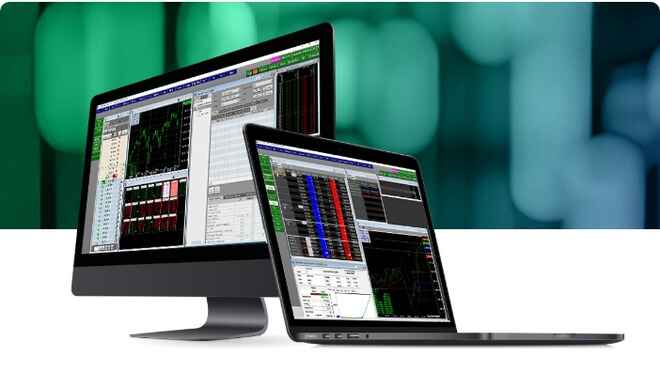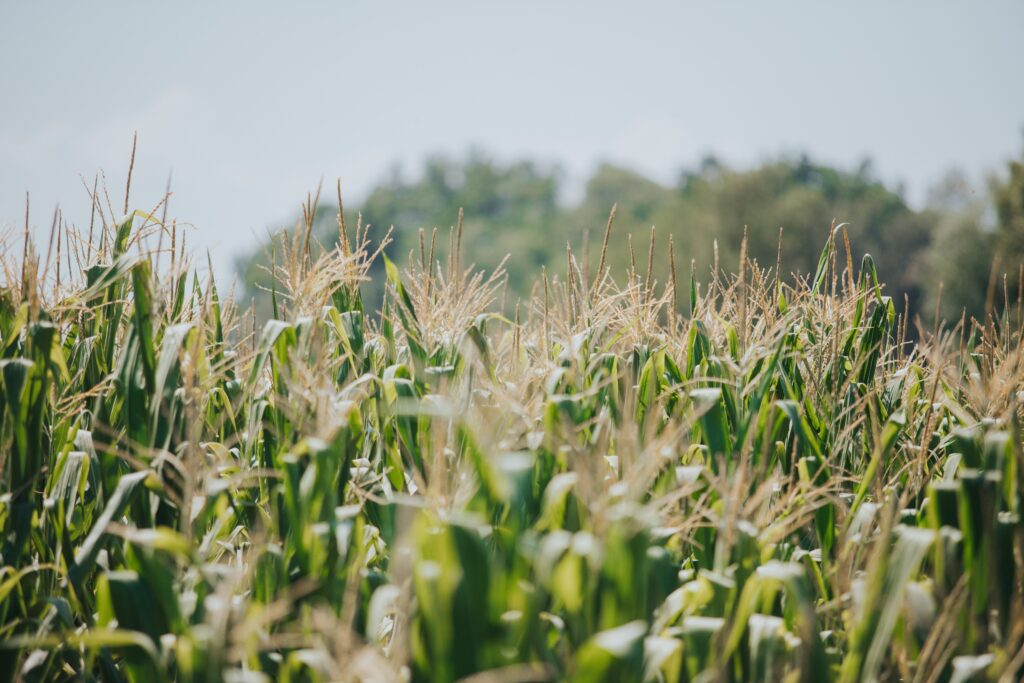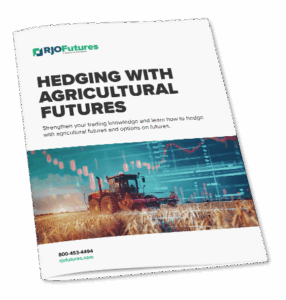What is Corn Futures Trading?
Corn futures trading is the act of buying or selling an exchange traded corn futures contract for expiration or delivery on a predetermined date for a predetermined price. Corn futures became available to trade on the Chicago Board of Trade in 1848 and are one of the longest tenured futures products in the market.
How Can I Buy and Trade Corn Futures?
You can buy corn futures by opening an account with a futures broker and purchasing a contract through your account. You will need to maintain a large enough balance in your futures trading account to fulfill your margin requirements on your corn contract. However, before purchasing a contract it is important to familiarize yourself with corn futures fundamentals and to learn how the corn exchange works. The best way to do this is to look at historic corn futures charts and corn futures prices. This will give you a better understanding of how the corn and grains futures markets work. Looking at historic market data, supply and demand history, and CME corn futures prices are the best way to start developing a trading strategy.
When Do Corn Futures Trade?
Corn futures trade Sunday-Friday from 7:00pm to 7:45am and Monday-Friday 8:30a.m.-1:20p.m (all times CST). Unlike other futures contracts, corn futures contracts do not have expiration every month. Corn futures contracts are traded for expiration in the months of March, May, July, September, and December.
What is Considered a Corn Future?
A corn future is an exchange traded contract in which the buy party agrees to take delivery on a specific amount of corn, 5,000 bushels per contract, on a predetermined future date for a predetermined price. Corn futures are traded on the CBOT with the tick size of ¼ cent per bushel equaling $12.50 per contract. The symbol for corn futures is ZC.
What are the Benefits to Investing in Corn Futures?
One of the major benefits to investing in corn futures and commodities is the amount of leverage they provide the investor. Leverage refers to the ability to control a large quantity of a commodity for a small price. When you purchase a contract, you are purchasing control over 5,000 bushels of corn, but you don’t have to pay all that money up front. Let’s say corn is trading at $3/bushel, that means the total value of a contract would be $15,000. However, you are only responsible for putting up a fraction of that $15,000 and that is called your initial margin.
Another benefit of corn futures is they can be used as protection against other investments. Often times, hedgers and even farmers will purchase corn futures to hedge against losses or price fluctuation in other crops.
What Are the Different Ways to Trade Corn Futures?
Corn futures can be traded on the Chicago Board of Trade, NYSE Euronext, and the Tokyo Grain Exchange. Its important to pay attention to the various reports published each year that give perspective on the year’s crop. The USDA publishes multiple reports each year, one of the more important ones is the Prospective Plantings Report which comes out in March and details how much crop will be planted by farmers that season. Its important to pay attention to these reports and market data to determine the best way to trade corn futures for you.
How Can We Help You Invest in Corn Futures?
RJO Futures is here to help you every step of the way when it comes to investing in futures, in this case corn futures. RJO Futures offers a FREE Agriculture Investor Kit which contains up to date information and storylines moving the corn and other grain markets. This kit was compiled by our Senior Market Strategists and helps tell a story on the condition of each grain markets and offers trading strategies to help you take advantage of the underlying opportunities. Our Agricultural Investor Kit is a tremendous resource that we recommend checking out before getting started investing in corn futures.



